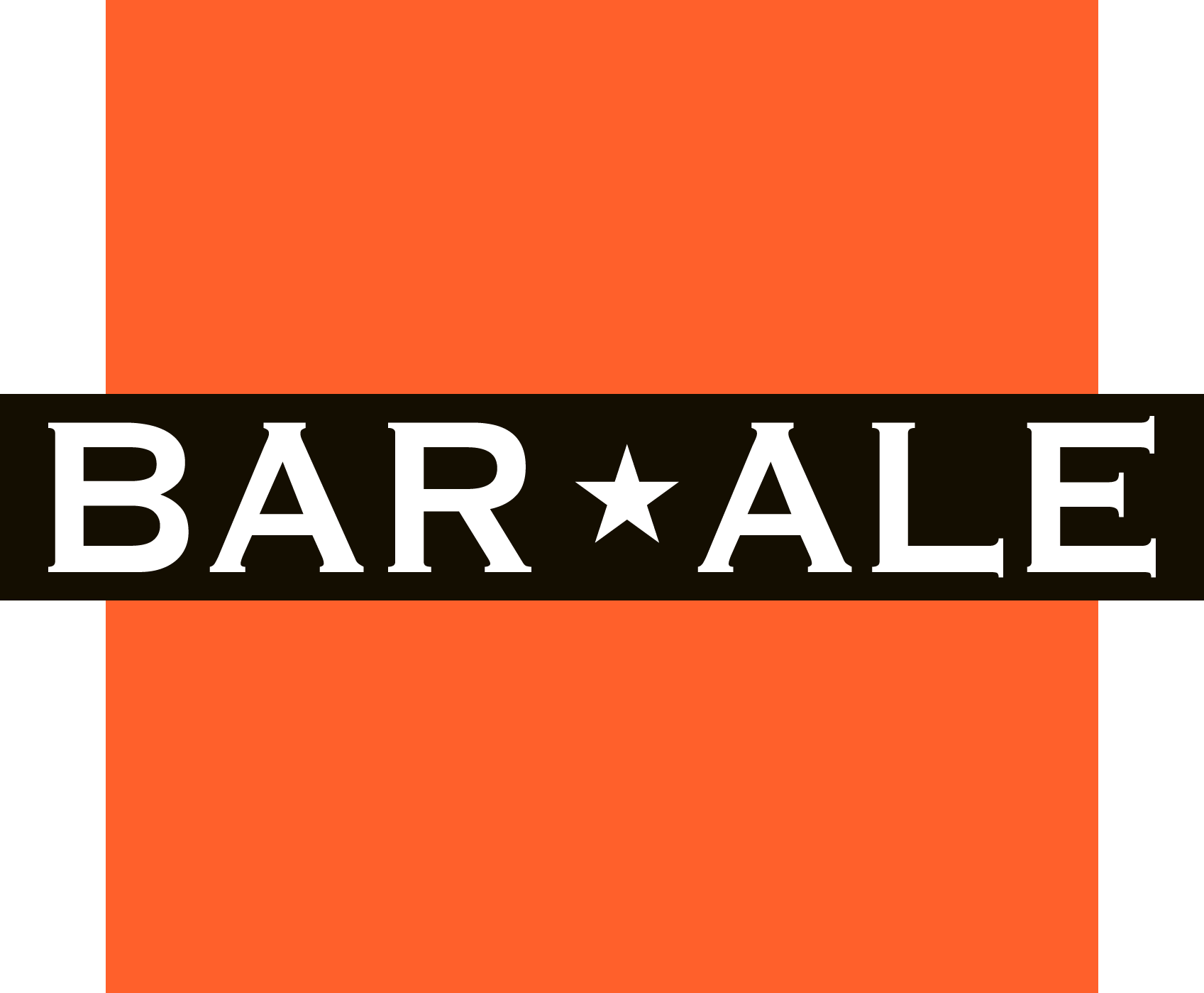Whole Grain Poultry Feeds - What's the Scoop?
While visiting many feed stores, I have noticed that “whole grain” poultry feeds seem to attract people due to the fact that they fall under “non-processed” rations. As the President and owner of Bar ALE, Inc., I believe we have a responsibility not only to supply our customer’s demands, but also to meet the nutritional requirements of the animals we feed.
Bar ALE is passionate about making great feed, and we continually strive to be the best feed company we can be. Regarding “whole grain” poultry feeds, I have several concerns about the feed’s ability to do a fair job meeting the nutritional demands of these birds. There are two important terms I would like to address that are either misunderstood or misrepresented when discussing poultry feed and feed utilization.
1.
“PROCESSED”
We need to be careful not to throw the baby out with the bath water. The truth is that all food is processed, either by your ability to chew it, or your body role in digesting it using bacteria in the GI tract. During digestion, these bacteria, also called “gut flora” or “microbiome", help with digestion. Parts of the nervous and circulatory systems also play roles in the digestive process. Together, a combination of nerves, hormones, bacteria, blood, and the organs of the digestive system complete the complex task of digesting the foods and liquids a person consumes each day.
2.
PARTICLE SIZE
This is a huge problem in the poultry feed industry. Whole grains in poultry feed, due to their size, will separate from each other, giving your birds an inconsistent diet, as well as letting birds select the certain grains they prefer: This results in an unbalanced protein/carbohydrate ratio. Even more importantly, vitamins and minerals in the feed need to be very well distributed in order to be consumed by the animal in a safe and nutritious manner. These minerals are often very concentrated and are added to a ration at only 3-5 pounds per ton. The best means of evenly distributing feed ingredients, as well as ensuring consistency and traceability, is to use a piece of equipment called a “ribbon mixer” during the manufacturing process.
A whole grain poultry diet can, and will lead to less intake; small birds, especially, can suffer a jeopardized immune system, causing the need for antibiotics. This is something we would like to avoid. No one would serve a T-bone steak and whole squash to a newborn baby, simply because their body needs the food to be processed in order to digest it. The processing of poultry feed consists of grinding and pelleting, as well as crumbling. These processes are mechanical processes, and can include heating with steam. These are very basic processes that do not diminish the nutrients in the feed, as some would claim. These processes do, however, require a major cost investment, often in the millions of dollars. This method of manufacturing poultry feed has been deemed valuable to all commercial flocks for the last 60 years.
Some manufacturers state that “a raw, whole grain feed is nutritionally superior to highly processed products.” This is not only an inaccurate statement, but also very misleading. These manufacturers not only admit to the large amount of inedible "fines" in whole grain feeds, but recommend adding oatmeal (a “processed” product) and water to the fines to aid in consumption. By their own admission, these ‘fines’ are “the added protein, probiotics, vitamins and minerals that support an animal’s health and development ”; these particles were formulated to be consumed evenly in the complete ration. Another important factor to consider is the amount of wasted feed, and in turn, the higher feed bill associated with these products.
We understand our customers are looking for the highest nutritional value in their poultry feeds, and we encourage you to compare any marketing information with real-world data. We always recommend getting professional advice from a qualified nutritionist, as well as reviewing the peer reviewed research from the last 60 years of poultry health and nutritional performance.
Bar ALE is well equipped to manufacture whole grain poultry feeds, as we have a segregated whole grain plant that handles certified organic products, wild bird feeds, and scratch products (for birds that are not in meat or egg production). Making just a whole grain poultry feed "alternative" would be considerably less expensive, perhaps even half the price of what other “unprocessed” poultry layer feeds are being sold for. However, in order to stay true to our commitment to optimum animal performance and nutrition, we cannot in good conscience market these products as superior alternatives. We highly recommend poultry feeds that are either pelleted, crumbled, or in a mixed, ground mash.
